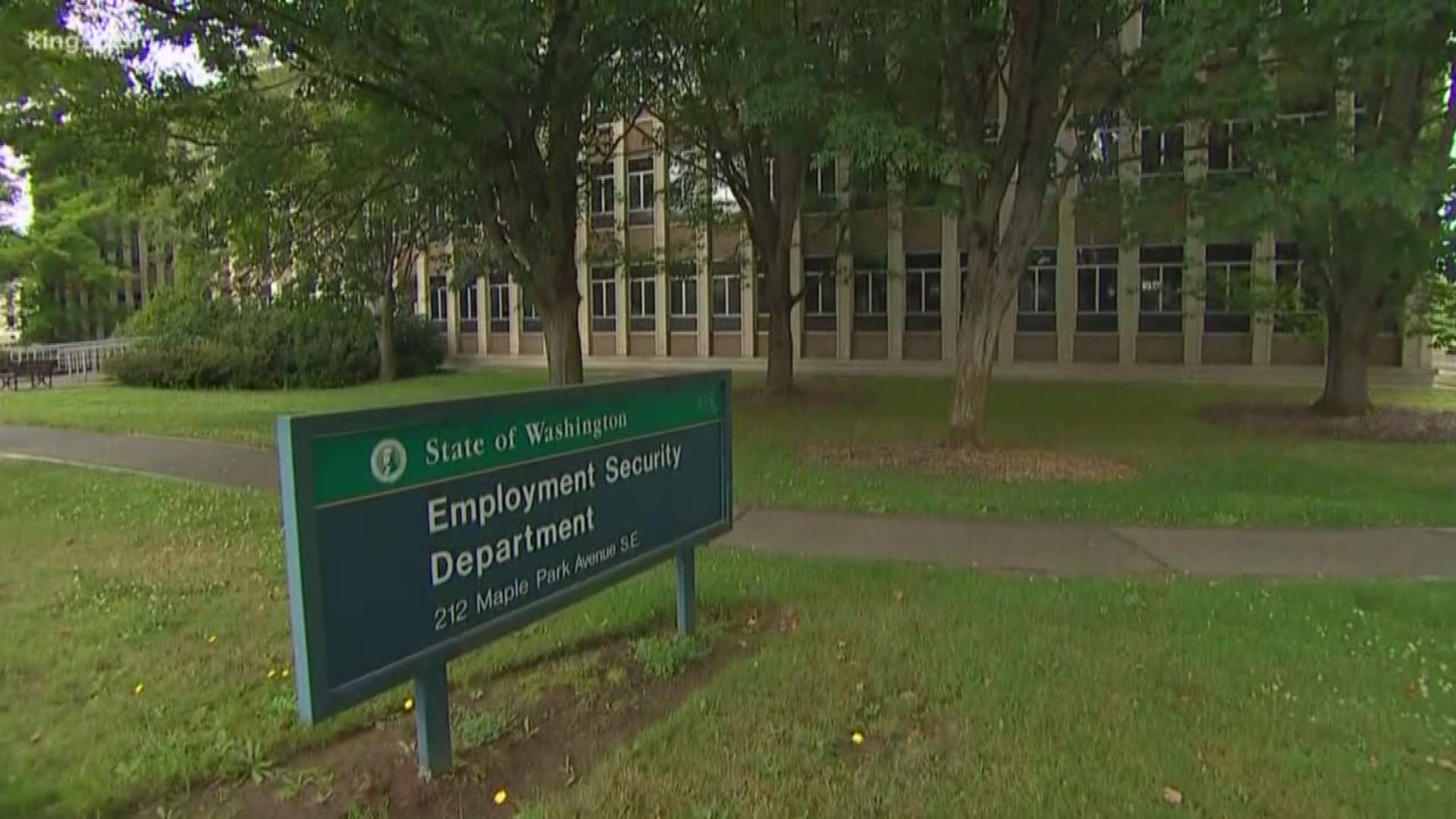Supporters of a higher minimum wage dismissively argue there are no downsides to a wage hike. They simplistically declare that employers can afford to absorb the extra costs. One Harvard professor that supports a higher minimum wage dismissively says: “If you’re so unproductive that you can’t pay a little bit more, then maybe you don’t belong in a modern economy.”
In the real world, however, things aren’t so easy.
The L.A. Times reports that after the city of Oakland implemented a minimum wage increase from the state wage of $9 to a mandated $12.25 on March 2, child care worker Eunice Medina, 23, began losing hours.
Medina said she originally supported Oakland’s minimum wage increase; she figured her quality of life would improve with the higher wages. Then she experienced what employers warned would happen; she now works fewer days and shorter hours. Of course, it could be worse—one of Medina’s co-workers was laid off.
The owner of the child-care center, Asiya Jabbaar, says the city’s wage mandate, which amounts to a 36% increase in her labor costs, gave her no choice but to make such hard decisions. And she says it may not be enough; she may need to close her business next year.
If Jabbaar manages to keep her business running, she wonders how she will keep high-quality staff when she has no wiggle room to offer pay increases as a reward for a job well done. Prior to the $12.25 wage requirement, her workers started at $9 and received a raise of about $1 per year. Jabbaar says, “there’s no room for growth now,” and wonders how many workers will be content with earning the same $12.25 starting wage two years down the road. Now her workers will have to be satisfied with the annual cost of living increase the new wage law requires.
Richard Winefield, the executive director of an Oakland based non-profit child-care referral service, says the child-care providers that aren’t laying-off workers have responded by raising tuitions and asking parents to provide lunches.
Muriel Sterling, owner of Sterling’s Family Childcare in Oakland has been forced to adopt some of those cost-cutting strategies. She has cut her workers’ hours and eliminated some services she used to provide for free; she is also planning to increase rates. Winefield points out many of the working families the new wage was supposed to help will be paying these higher prices:
That’s one of the unintended consequences. A lot of (centers) are run on very narrow margins, and when they [the city of Oakland] increase the hourly rate on their employees, they need to pass that on in tuition costs, so families need to fork over more money.”
Even non-profit child-care providers are struggling. The wage hike has put the Alameda County Salvation Army’s child-care center $146,000 over budget. The center provides quality, free care to 63 children of local low-income families. The director of the program says, “we’re scrambling to find ways to keep the doors open."
Child-care providers aren’t the only ones struggling with Oakland’s new wage mandate. One Oakland restaurant, Bocanova, eliminated voluntary tipping in favor of a 20% menu surcharge. Servers there went from making $70 an hour with tips to a flat hourly wage of $22 to $28. The restaurant lost 60% of its wait staff as a result.
Supporters of a $12 or $15 minimum wage present the issue of a higher wage mandate as having no negative impacts or tradeoffs. Workers will have more money to spend which will ultimately find its way to employers and everyone wins. It is all benefits and no costs. But as business owners like Asiya Jabbaar, workers like Eunice Medina and the working families who are now paying higher prices for everything from day-care to eating out are learning, there are real costs.




